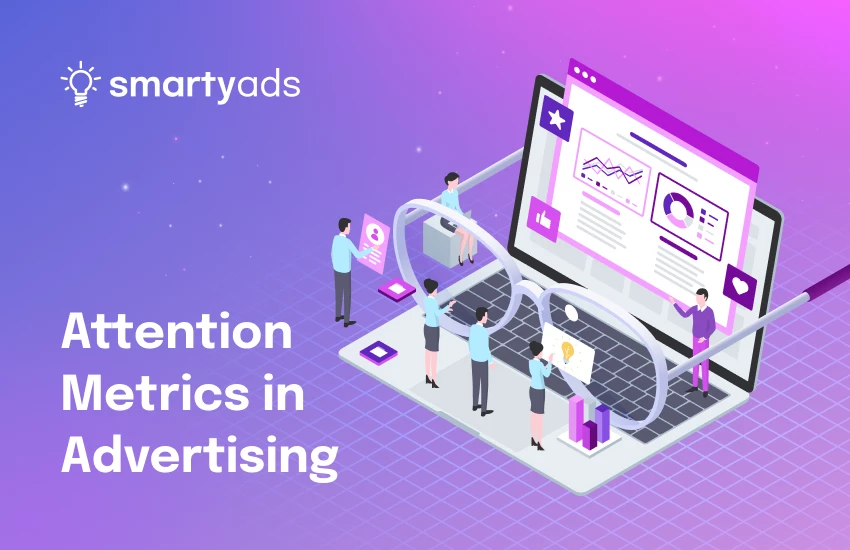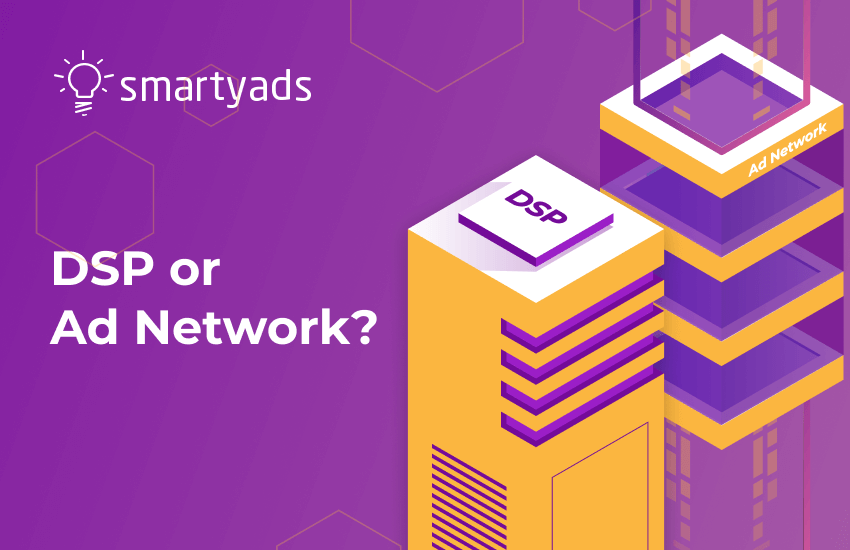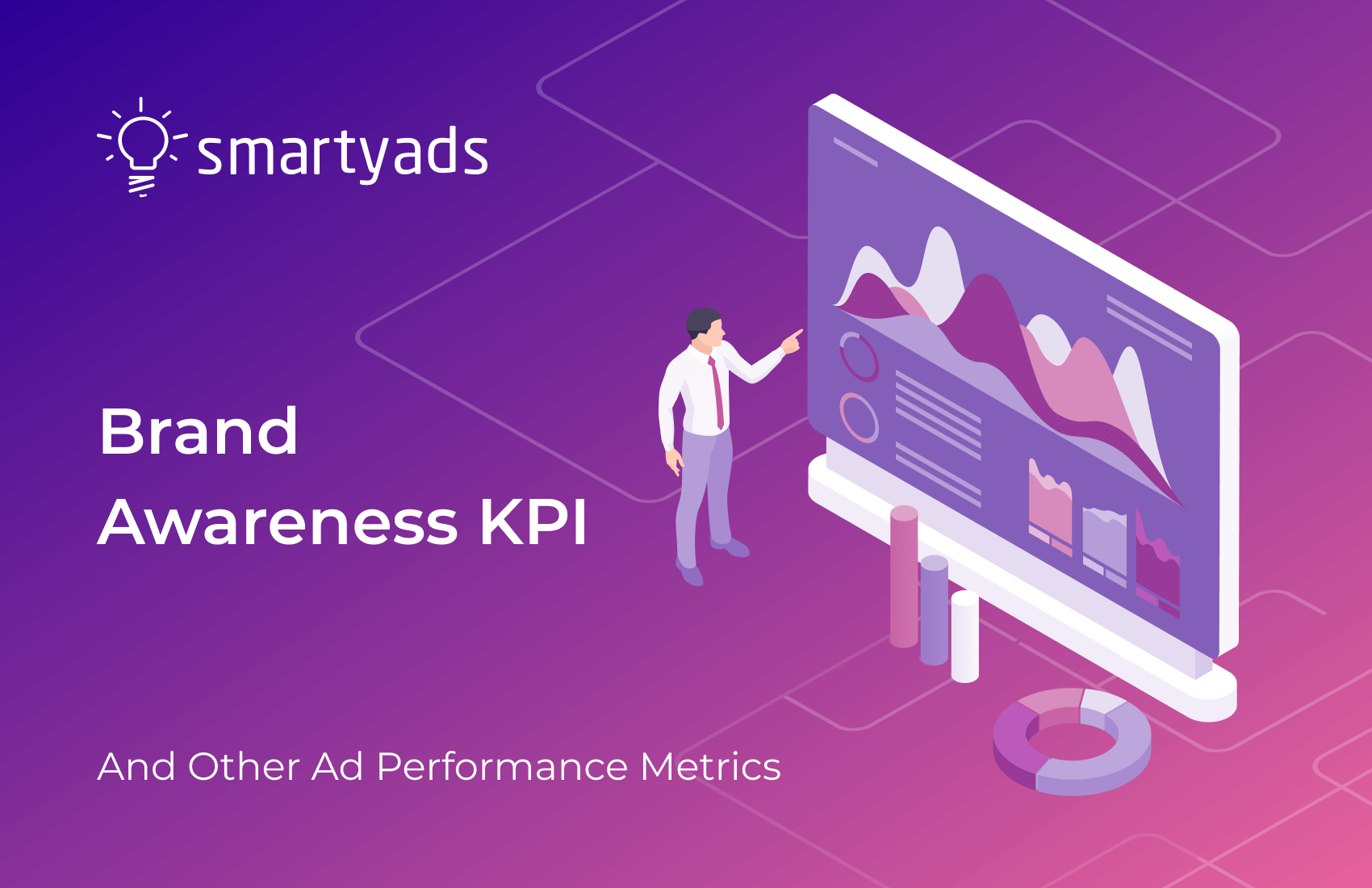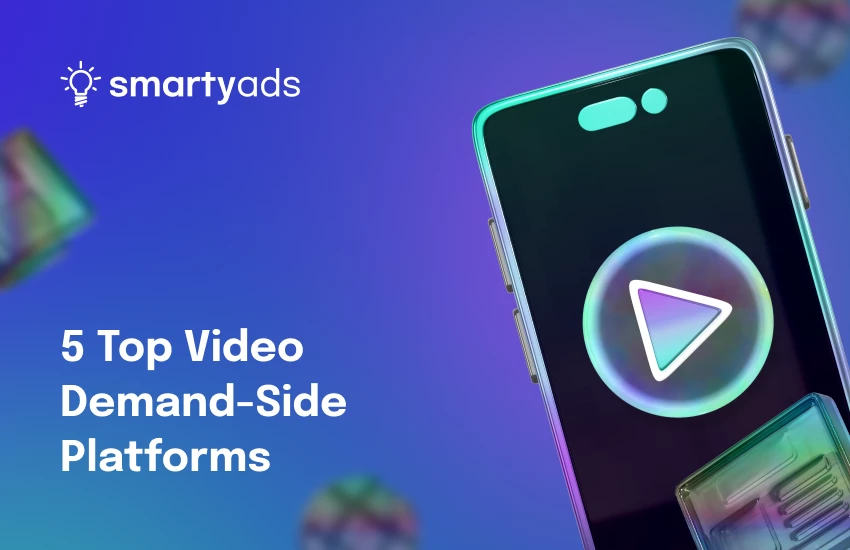Welcome to the metric revolution — yes, another one. If you’ve ever felt like your digital ad reports are long on numbers but short on meaning, you’re not alone. CTRs, impressions, bounce rates — they're starting to feel like the fax machines of KPIs: once essential, now kind of embarrassing. This article dives into attention metrics, the rising star of advertising KPIs, and unpacks how they might just be the answer to the age-old question: Is anyone actually watching this thing?
We’ll explore what attention metrics really are (spoiler: they go beyond eyeballs), how to measure them (it’s more sci-fi than you think), why the old metrics are struggling to keep up, and why attention metrics might be the Beyoncé of your next advertising strategy.
What are Attention Metrics?
Attention Metrics for ads are the next-gen indicators of how much active focus a user gives to an ad — not just whether it loaded or if someone doom-scrolled past it on their lunch break. These metrics consider how long the ad stayed in view, whether it was actually viewable by IAB standards, if it encouraged meaningful engagement, or even registered on an eye-tracker. In short, attention metrics measure not just presence but presence with intention — a far cry from vanity metrics that merely confirm your ad technically existed on the page.
Just imagine someone walks into a room where your ad is playing. Traditional metrics would log that as a 'view.' Attention metrics, however, would ask: did they look? Did they watch it? Did they pause? Did their gaze linger on the product, the call to action, the oddly hypnotic dance of a brand mascot? Now we're talking attention.
Companies are already applying this in the wild. Take Mars Inc., which ran campaigns measuring attentive seconds instead of impressions and found that higher attention directly correlated with higher ad recall. Or look at Meta’s internal testing, which showed that ads with higher attention scores resulted in up to 20% more conversions — not just views.
Think of attention metrics in advertising as the difference between someone being in the room while you’re telling your Tulum story... and someone nodding, asking follow-up questions, and genuinely laughing at the part where you lost your flip-flops in a cenote.
Why Traditional KPIs Are No Longer Enough
Let’s be honest, some of our legacy advertising metrics are basically digital window dressing. Here's why they're not cutting it anymore:
- Impressions ≠ Impact: Just because an ad was served doesn’t mean it was seen. A study by Lumen Research found that only 20% of digital display ads are actually viewed by users — meaning 80% are effectively wallpaper.
- CTR is easily gamed: Clickbait can drive clicks, but not quality. According to Wordstream, the average display ad CTR is only about 0.46%, and much of that may come from accidental clicks or low-quality traffic.
- Viewability lacks depth: What is viewability in digital marketing? An ad being “viewable” doesn't mean it's viewed attentively. The IAB defines a viewable impression as an ad that is at least 50% visible for one second — hardly enough time to leave a mark. Research from Dentsu shows that higher attention scores correlated with greater brand recall than standard viewability metrics.
- Attention spans are shrinking: Thanks, TikTok. For years, we were haunted by that infamous (and now debunked) 'shorter-than-a-goldfish' attention span stat from a Microsoft slide deck. Let's retire that myth. Now, the most common thinking is that attention spans aren't necessarily shrinking — they're fragmenting. Gen Z, for instance, doesn’t lack attention; they’re just highly selective, often giving micro-bursts of intense focus to content that earns it. In digital ads, those bursts can range from under a second to several, depending on the relevance and creative appeal.
Traditional Metrics vs Attention Metrics
| Traditional Metrics | Attention Metrics |
| Impressions | Time-in-view |
| Click-Through Rate (CTR) | Scroll velocity |
| Viewability | Engagement depth |
| Bounce Rate | Eye-tracking & gaze pattern |
| Conversion Rate | Interaction time |
How to Measure Attention Metrics
There’s no one-size-fits-all approach here — attention measurement is a multi-layered operation that blends tech, psychology, and a dash of data alchemy. Let’s break down the main methods, and yes, we’ll bring receipts.
Eye-tracking
Eye-tracking does exactly what it sounds like: it follows your eyeballs. Tools like Tobii and Smart Eye use infrared sensors to detect where people look on a screen and for how long. Platforms like ResearchGate have published eye-tracking studies in collaboration with major advertisers, offering insights into which visual elements hold attention longer — be it a product, face, or dynamic motion.
Heatmaps
Heatmaps are like visual weather reports for your webpage. They show hot zones of attention where users' focus clusters. A lot of big sources used heatmaps to analyze how readers interacted with long-form content, adjusting layouts to boost in-article ad visibility.
Engagement Time
Engagement time takes basic on-screen time and cranks up the specificity. Are users just letting the ad play while microwaving popcorn? Or are they actually interacting? Netflix, while not an advertiser in the traditional sense, uses deep engagement analytics (beyond just time spent) to determine which thumbnails lead to active content browsing and binge-watching. They even know the exact moment that’ll get you hooked on their show.
Scroll Depth
Scroll depth might seem simple, but it’s telling. It measures how far down the rabbit hole your audience goes. BuzzFeed famously used scroll depth tracking to test how engaging their viral listicles really were, which in turn influenced ad placements and the pacing of sponsored content.
Time-in-view
Time-in-view refers to how long an advertisement is displayed on the screen, impacting whether it simply flashes by or stays visible long enough for viewers to absorb its message. Longer viewing times can significantly enhance brand recall. This approach led to a considerable increase in qualified traffic and showroom visits.
In short, these aren’t just cool tricks. They’re real, actionable methods already deployed by the biggest players in the game. Because when it comes to attention metrics, what gets measured gets improved — and, hopefully, remembered.
How AI and Machine Learning Enhance Attention Metrics
As attention data becomes more layered and behaviorally nuanced, AI and machine learning are stepping in as indispensable tools to decode the chaos — like digital archaeologists brushing off the dust from ancient scrolls of scroll velocity, gaze fixation, and over time. These predictive algorithms, trained on vast oceans of historical behavioral data, aren't just recommending ad formats anymore — they're serving up the who, what, when, and where faster than you can say "programmatic."
Take The Trade Desk, for example — their AI-powered bidding model adjusts in real-time based on nuanced attention signals like time-in-view and engagement depth. This isn’t your average CPM calculator; it’s more like a Wall Street algorithm that moonlights as a media buyer. Meanwhile, Meta (née Facebook, for those still catching up) bakes attention optimization directly into its Advantage+ creative suite, dynamically remixing ads for formats statistically shown to hold a user’s gaze. Remember that one time you watched a Facebook ad twice? Yep, probably their machine-learning wizardry at work.
Adelaide’s AU (Attention Unit) metric is another standout — a hybrid lovechild of human panel testing and machine intelligence. It doesn’t just look at whether an ad was seen; it scores the quality of attention and ties it directly to brand outcomes. You know, the stuff CFOs and CMOs actually care about.
Even the eCommerce overlord, Amazon, is joining the AI-powered attention arms race. Their Attention Score beta — currently piloted in DSP campaigns — pulls from viewability, audibility, and time-in-view to power smarter bidding strategies. Think of it as a secret sauce for their already hyper-targeted ads, but with extra cognitive crunch.
Bottom line? AI has gone from being the shiny new thing in your Martech stack to the J.A.R.V.I.S. of your entire attention strategy. It’s no longer about guesswork and gut instinct — it’s about building ad campaigns that think, learn, and evolve. Mad Men walked so Machine Learning could run attribution models at light speed.
Neuromarketing Meets Attention Ads
When traditional analytics aren’t enough, brands are turning to neuroscience. Neuromarketing techniques — like EEG (electroencephalography), facial coding, and galvanic skin response — are now being integrated into attention campaigns.
Unilever, for example, has used neuromarketing to test emotional engagement with video content. By combining EEG with eye-tracking, they discovered that emotional peaks in content aligned with the highest attention scores. Unilever, for example, has used neuromarketing to test emotional engagement with video content. By combining EEG with eye-tracking, they discovered that emotional peaks in content aligned with the highest attention scores. Similarly, Unilever has worked with Nielsen Consumer Neuroscience to analyze how different creative elements in their video ads influence emotional engagement and attention. In one study, they combined EEG and biometric tracking to determine which scenes triggered the highest peaks in emotional resonance — a valuable insight for designing content that not only gets noticed but also remembered.
This isn’t just academic curiosity. It’s an actionable insight into how to craft more emotionally resonant, high-impact advertising.
How Attention Metrics Integrate with Attribution Models
It’s one thing to capture attention — it’s another to tie it to business outcomes. Modern marketers are integrating attention data into multi-touch attribution (MTA) and media mix modeling (MMM) to get a fuller picture of what drives conversion.
Instead of simply tracking last-click, attention metrics help re-weight upper-funnel interactions that previously went undervalued. For example, a high-attention video view on YouTube can now be credited with more influence in driving a conversion than a skippable, low-viewability impression.
Brands like Heineken are integrating attention metrics into their attribution models to enhance forecasting accuracy and optimize budget allocation. Heineken, for instance, collaborated with Lumen Research during the Rock in Rio 2022 campaign to measure attention per impression (APM). This approach led to a 12% increase in ad recall and a 4.7% brand lift, demonstrating the effectiveness of incorporating attention metrics into advertising strategies.
It’s like switching from black-and-white to 4K — suddenly, the customer journey comes into sharp focus.
Benefits of Using Attention as a KPI
Improved Ad Efficiency
You stop wasting budget on impressions no one notices. It's like paying only for party guests who actually show up — and dance. Attention metrics help ensure that your media spend goes toward placements that people actually pay attention to. Instead of relying solely on whether an ad technically appeared on-screen, you're measuring if it made an impact — saving money by focusing only on the moments that matter.
Better Creative Optimization
Attention metrics provide detailed insights into which creative elements actually hold interest. Is it the color scheme? The animation? The unexpected twist in the copy? Now you’ll know. These insights allow for real-time tweaking and smarter A/B testing, making it easier to fine-tune campaigns for maximum engagement across different audience segments.
Higher ROI
When ads aren’t just seen but truly absorbed, conversions tend to follow. With attention metrics, the focus shifts to intentional interactions — where users not only remember the message but act on it. This can significantly improve campaign returns, as you're no longer paying for fleeting glances but for genuine interest and behavioral response.
Enhanced Audience Understanding
You gain a deeper look into what actually captures attention beyond the basic metrics like clicks or views. Whether it’s the presence of human faces, emotional cues, or specific color palettes, attention data helps uncover what makes people pause mid-scroll and engage. This level of insight lets you build creatives that resonate more naturally with your audience.
Supports Brand Recall
Attention metrics strengthen long-term brand memory. Ads that attract and hold attention are more likely to stick in consumers' minds. This can translate into better recall at the point of decision-making — whether that’s days, weeks, or months after initial exposure. In other words, attention isn’t just about the now — it’s about staying power.
The Future of Attention Metrics in Digital Advertising
As digital advertising continues its awkward adolescence — full of identity crises, trust issues, and way too much noise — attention advertising is starting to look like the grown-up in the room. Platforms like YouTube and TikTok aren’t just chasing views anymore; they’re fine-tuning their algorithms to reward content that holds attention, not just flashes across a screen. Think less “clickbait” and more “can’t-look-away.”
And marketers? They’re finally reading the room. According to a 2023 report, 63% of brands plan to ramp up their investment in attention-based measurement within the next year.
The future? It’s looking a lot like a mash-up of biometric signals (facial expressions, pupil dilation), AI-powered predictions, and solid behavioral analytics. Yes, it sounds vaguely like Black Mirror, but this time, the tech is on our side — delivering better ROI, smarter placements, and fewer ads screaming into the digital abyss.
Consider SmartyAds Your Trusted Partner
At SmartyAds, we don’t just talk attention — we engineer it. As pioneers in programmatic and attention metrics advertising, we've helped global brands turn passive ad spend into active audience engagement.
Ready to Turn Attention into Action?
The SmartyAds DSP is built to optimize for attention at scale. With AI-powered bidding, real-time heatmap integration, and customizable targeting models, our platform helps you deliver ads that people don’t just see — they stay with.
Explore SmartyAds DSP and discover how attention-first campaigns can transform your advertising ROI.
Let’s build ads worth watching.




